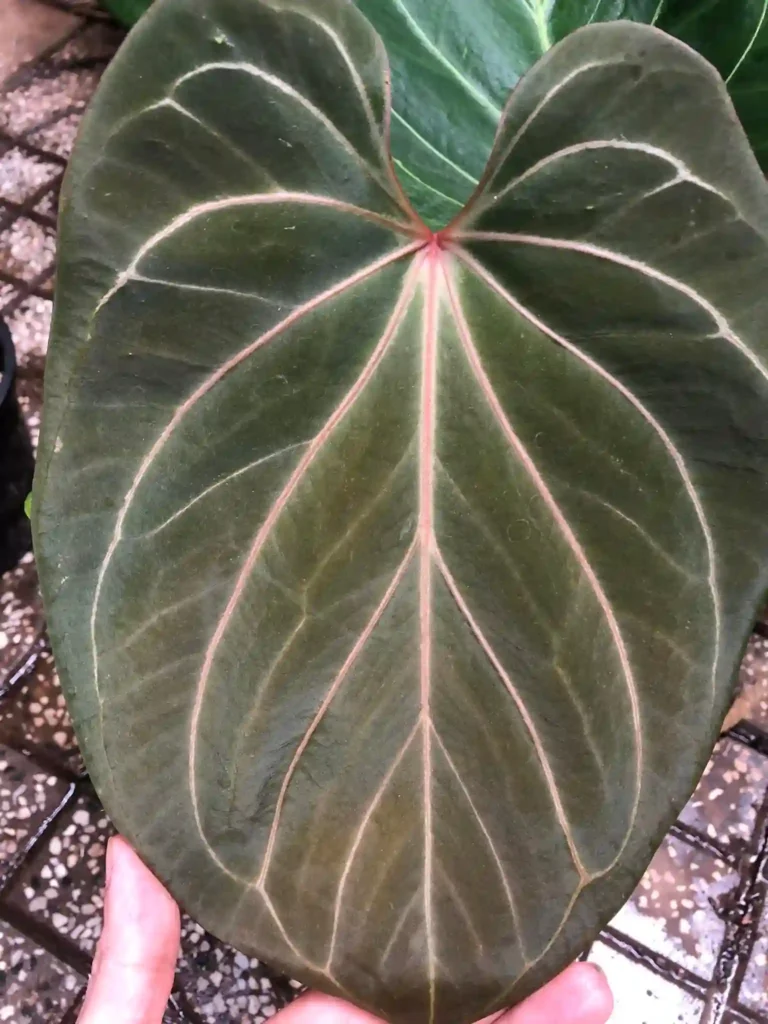FAQs About Arum Maculatum
Arum Maculatum, commonly known as the lords-and-ladies or cuckoo-pint, is a fascinating plant with a mix of intriguing qualities and some challenges for gardeners. In this article, I’ll cover frequently asked questions about Arum Maculatum, including its toxicity, care, and how it compares to similar plants.
28 Species in Genus Arum
Is Arum Maculatum Poisonous?
Yes, Arum Maculatum is poisonous. All parts of the plant, including the leaves, stems, and berries, contain calcium oxalate crystals. These can cause severe irritation to the mouth and throat if ingested. Symptoms of poisoning include burning sensations, swelling, and difficulty swallowing. It’s crucial to keep this plant away from children and pets to prevent accidental ingestion.
How to Get Rid of Arum Maculatum?
Getting rid of Arum Maculatum can be challenging due to its aggressive nature. Here’s how I approach it:
- Manual Removal: Dig up the plant, including the tuberous roots, ensuring you get the entire root system to prevent regrowth. Be thorough, as even small root pieces left behind can sprout new plants.
- Herbicides: Use a non-selective herbicide that targets broadleaf plants. Apply it carefully, following the instructions to avoid harming surrounding plants.
- Regular Monitoring: Keep an eye on the area for any new growth and act quickly to remove it. Persistent monitoring and removal are key to controlling this invasive plant.
Does Arum Maculatum Grow in California?
Arum Maculatum is not native to California, but it can grow there under the right conditions. It prefers shady, woodland-like environments, which can be found in some parts of California. However, it’s not as common in California gardens as it is in its native Europe. If you have the right conditions—damp, shady areas—it could potentially establish itself, so be cautious if you’re planting it.
Is Arum Maculatum a Weed?
Arum Maculatum can indeed act as a weed. Its ability to spread quickly and its aggressive growth can outcompete native plants and garden species. It is particularly troublesome in shaded, damp areas where it can form dense colonies. Gardeners need to be vigilant about managing its spread to prevent it from becoming a nuisance.
Arum Maculatum vs Arum Italicum
When comparing Arum Maculatum to Arum Italicum, there are some key differences:
- Appearance: Arum Maculatum has a distinct green spathe with a spotted or mottled pattern, while Arum Italicum features a more pronounced and striking spathe with a bright red or orange coloration. Arum Italicum also has a more ornamental appearance due to its glossy foliage and red berries.
- Growing Conditions: Both plants prefer similar growing conditions—shaded, moist environments—but Arum Italicum tends to be a bit more adaptable to drier conditions compared to Arum Maculatum.
- Invasiveness: Arum Maculatum is often more aggressive and can spread rapidly, while Arum Italicum, while still potentially invasive, generally spreads more slowly.
How to Care for Arum Maculatum?
Caring for Arum Maculatum involves understanding its needs and managing its growth:
- Soil: It prefers moist, well-drained soil. While it can tolerate a range of soil types, it thrives in rich, loamy soil.
- Light: This plant does best in shady conditions. Full shade or partial shade is ideal for its growth.
- Watering: Regular watering is important, especially during dry periods. The soil should remain consistently moist but not waterlogged.
How to Propagate Arum Maculatum?
Propagation of Arum Maculatum can be done through:
- Seed: Collect seeds from mature berries and sow them in a damp, shaded area. Seeds usually require a period of cold stratification to germinate effectively.
- Division: In spring or fall, divide mature tubers and replant them. This method is effective if you’re managing a garden with multiple Arum Maculatum plants.
What to Plant with Arum Maculatum?
Arum Maculatum pairs well with other shade-loving plants. Consider planting it with:
- Hostas: Their large, attractive leaves complement the structure of Arum Maculatum.
- Ferns: They add a lush, green backdrop that contrasts nicely with the spotted leaves of Arum Maculatum.
- Bleeding Heart: Their delicate blooms and shade tolerance make them a good companion.
Can You Grow Arum Maculatum Indoors?
While Arum Maculatum is typically grown outdoors, it can be grown indoors if you can provide the right conditions. It needs a cool, shaded spot and consistently moist soil. However, managing its size and ensuring adequate space for its growth can be challenging indoors.
Benefits of Arum Maculatum
Despite its invasive potential and toxicity, Arum Maculatum has some benefits:
- Wildlife: The plant attracts insects and can provide food for certain wildlife species.
- Aesthetic Appeal: Its unique appearance and early spring foliage can add interest to shady garden areas.
Common Problems
Common issues with Arum Maculatum include:
- Invasiveness: It can spread aggressively and crowd out other plants.
- Toxicity: Its poisonous nature requires caution, especially in gardens frequented by children or pets.
In summary, Arum Maculatum is a plant with distinctive characteristics and some significant considerations for gardeners. Understanding its needs and potential issues will help you manage it effectively and enjoy its unique qualities.
If i die, water my plants!



